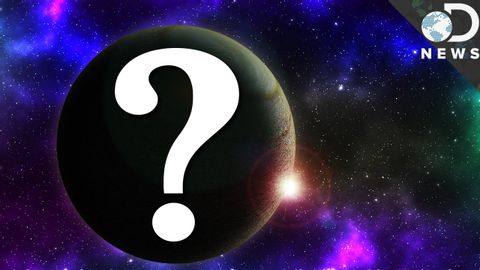
Subtitles & vocabulary
Earth-Like Planet Discovered! What You Need To Know
00
Sh, Gang (Aaron) posted on 2016/08/25Save
Video vocabulary
life
US /laɪf/
・
UK /laɪf/
- Noun (Countable/Uncountable)
- All the living things e.g. animals, plants, humans
- Period of time things live, from birth to death
A1
More world
US /wɜrld /
・
UK /wɜ:ld/
- Noun (Countable/Uncountable)
- All the humans, events, activities on the earth
- Political division due to some kind of similarity
A1
More exist
US /ɪɡˈzɪst/
・
UK /ɪɡ'zɪst/
- Intransitive Verb
- To be present, alive or real
- To live, especially in very difficult conditions
A1TOEIC
More single
US /ˈsɪŋɡəl/
・
UK /'sɪŋɡl/
- Noun
- One run in cricket or a hit baseball
- An individual song from a CD or album
- Adjective
- Being one only, without others
- Only; merely
A1
More Use Energy
Unlock All Vocabulary
Unlock pronunciation, explanations, and filters
